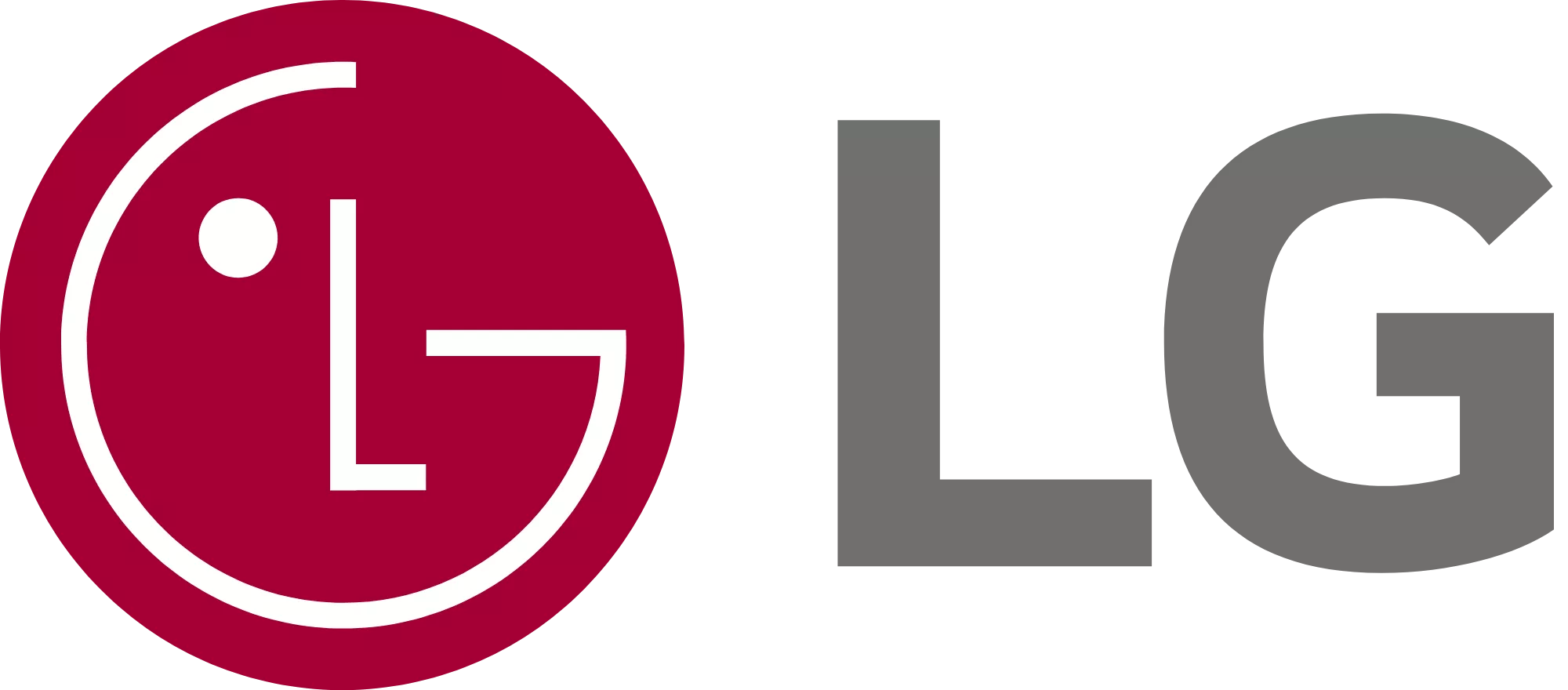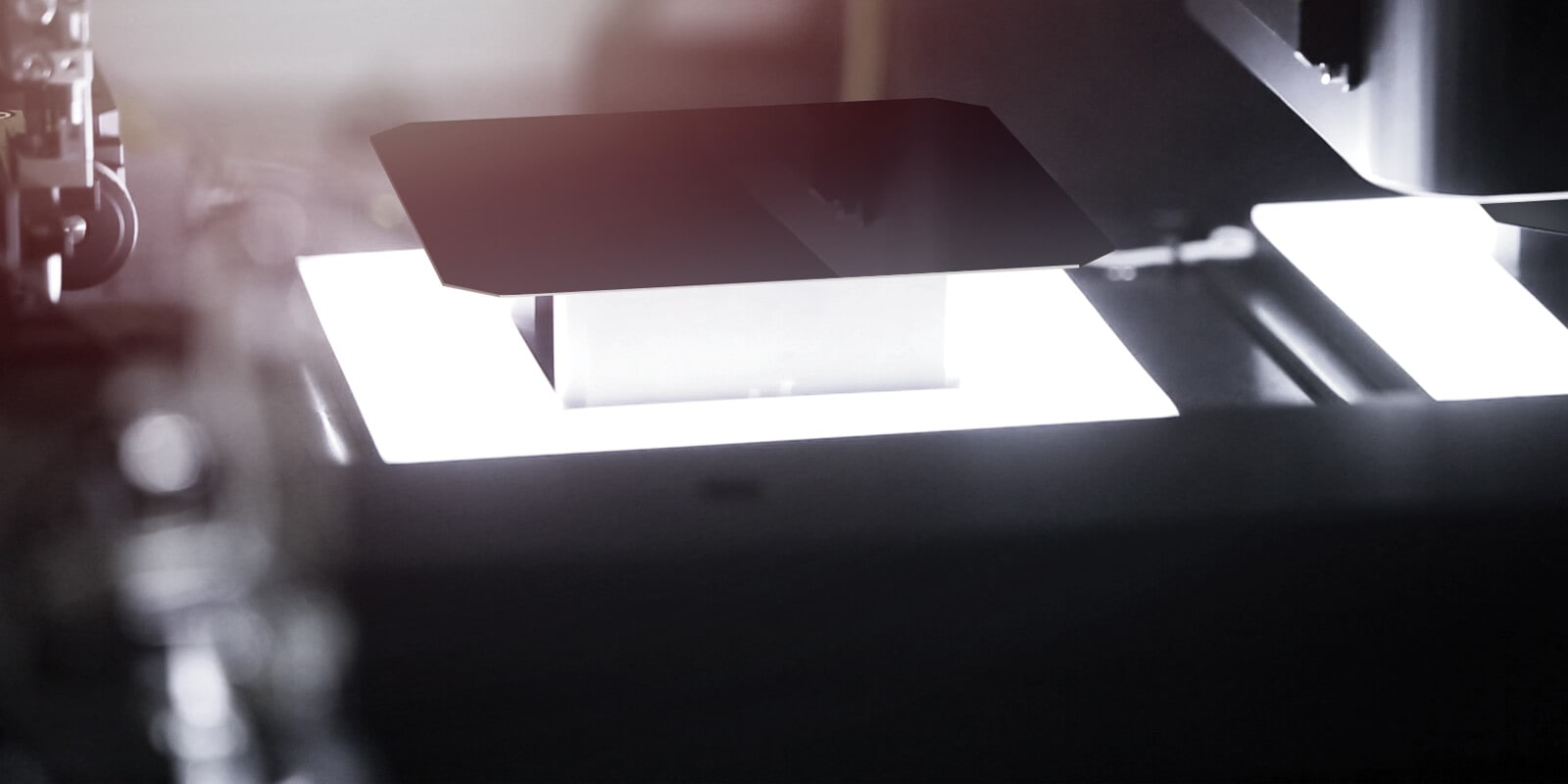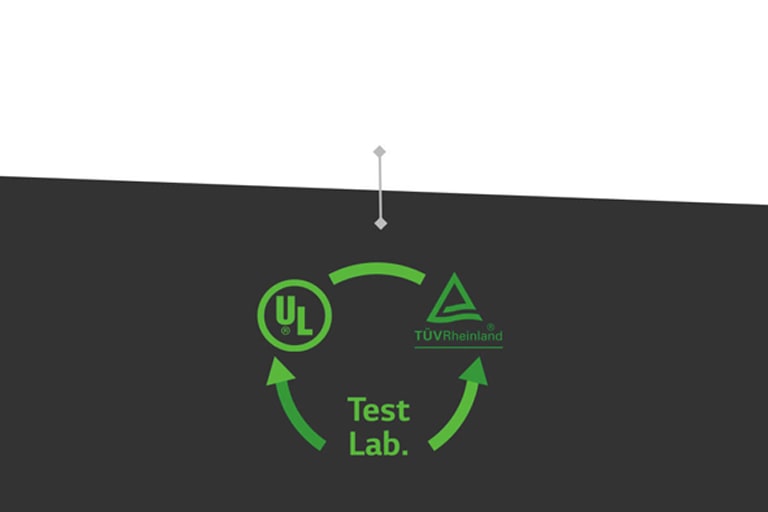Technology
Cell Production Process
-
Inspection
Each wafer is thoroughly examined and measured to eliminate defects, so only the best quality wafers are used for production.
-
Wet Etching
The selected wafers then undergo a wet etching process where surfaces are immersed in acidic (multi) and alkaline (mono) solutions to help reduce light reflection.
-
Diffusion
N-type emitters are formed by loading P-element POCI3 gas into P-type wafers.
-
AR Coating
These wafers are then coated with an anti-reflective SiNx:H film through a PECVD method using SiH4 & NH3 to dilute reflection and improve passivation.
-
Metallization
Metallic electrodes are composed to gather activated electrical carriers (electrons and holes) for each cell.
-
Sorting
Cells are finally measured and also sorted by efficiency and classified by the level of defect, color and electrical characteristics.
Module Production Process
LG's solar modules are expertly crafted to deliver optimum output and ensure reliable operation. We use a number of manufacturing processes to produce modules that will provide you with maximum results.
-
Tabbing
Each incoming wafer is inspected a second time to eliminate any faults and defects.
-
Busing
Cells are then welded with strings of busing ribbons to meet the required power output.
-
Lay Up
Cells are assembled with layers of glass, EVA film and back sheet to protect them from external damage.
-
Lamination
The layered modules are then encapsulated to prevent water infiltration.
-
Framing
Modules are installed with a junction box for electrical connection, and framed to ensure mechanical strength.
-
Simulation
Finally, each module is simulated for output performance and classified accordingly before completion.
LG QA System
Before LG Solar modules are distributed, they must undergo a broad range of specific tests that guarantee top-quality production. This ensures that our modules meet the most stringent requirements so that you get a return on your investment. All tests are carried out in our own in-house test laboratory, which is certified by the TÜV Rheinland and Underwriters Laboratories, and satisfies all the requirements for the latest test procedures. Here you can find a selection of test procedures that our modules have to pass.
-
Material Test
In order to eliminate premature material fatigue, our products are regularly tested for their weather resistance in wet and cold conditions.
-
Maximum Output Test
After undergoing various “environmental impact tests”, the module is subjected to a maximum output test. The modules need to consistently reach maximum output to pass this test.
-
Mechanical Load Test
Solar modules need to be able to demonstrate considerable resistance: A sophisticated mechanical load test monitors whether our modules can resist adverse conditions, such as wind, snow and ice.
-
Module Breakage Test
Stone chips, in particular, are a natural enemy of the solar module. Our module breakage test examines the modules for their resistance against stones and other objects that can hit the surface.
-
Hail Test
A hailstorm is a destructive force that solar modules need to withstand at all costs. In our hail test, hailstones made of ice are fired at the modules, and then a performance check is done to ensure full functionality.
-
Individual Materials
To ensure that the solar modules function properly in terms of their component interaction, individual parts, such as wafers, ethylene vinyl acetate film (EVA), glass and backing film, are subjected to stringent testing.
Maximum Load Capacity
LG Solar modules are characterized by their maximum load capacity. This capacity is achieved by using high-quality materials - down to the smallest detail. In particular, our unique frame design is the key to withstanding extreme stresses and strains to safeguard your investment. After all, every module on a roof has to perform well despite any adverse environmental factors.
-
Ultra-Stable Frame
The LG Solar module frame can withstand extreme stresses and strains, as a "trampling test" demonstrates. This is partly explained by the fact that the lateral supports, unlike those of many competitors, are screwed and not connected.
-
Water Drainage
Rain leaves behind tiny particles of dust on a module, reducing the power performance because it screens the sun's rays. Our NeON 2 frames were designed with an effective incline where the frame and the glass meet to drain the rainwater before it can collect.
-
Unique Frame Design
LG's high-level design expertise is reflected in the unique framedesign; our modules not only look stylish but are also extremely reliable. The frame can be mounted on all four sides, allowing for a better use of space.
-
Heavy Snow
All LG modules withstand a pressure load of 5,400 Pa, and therefore can resist heavy snow. They are suitable for high altitudes and areas of heavy snowfall.
-
High-Quality Materials
LG modules have also been tested against strong winds and can withstand intense vortex loads. This makes our modules well-suited for windy areas.
-
Individual Materials
LG only uses high-quality materials produced by first-class manufacturers. All components are subject to continuous quality checks, because a solar module is only as good as the quality of its component parts. LG manufactures our own solar cells - we do not purchase them externally, unlike many other manufacturers. Complete control over the quality of the products is therefore guaranteed, particularly with regard to these critical module components.
25-Year Commitment
In addition to the quality of a solar module, performance is the decisive factor in assuring the return on your investment. By conducting tests that exceed IEC standards, LG ensures that our modules satisfy the highest quality criteria upon leaving the production line. You can depend on the performance of our modules -- we provide a comprehensive performance guarantee of 25 years. Why do we do this? And why can you rely on it? As a global, financially strong company, LG is a market leader and will be a reliable partner for its customers now and in the future. Furthermore, by conducting tests that exceed IEC standards, we ensure that our modules are really put through their paces before leaving the factory.
-
25-Year Linear Warranty
LG always stands by its products with sterling warranty policies. The linear performance warranty guarantees at least 86% power output by the end of the 25th year (88.4% for NeON R modules).
-
High-Performance Solar Cells
All modules produced by LG are equipped with high-performance solar cells from our own strictly monitored production facilities, guaranteeing a high energy output.
-
Positive Tolerances Only
When producing solar modules, the output that a module will generate cannot be precisely determined in advance. This is only ascertained when functional testing is carried out. During subsequent sorting into performance classes, deviations from the nominal capacity such as 260 Wp arise. At LG, only positive deviations of up to 3 are tolerated. We do not provide minus tolerances, even if they are only slightly below the specified nominal capacity. This is our guarantee.
-
Financially Strong Company
As a global, financially-sound company, LG is your partner for today — and tomorrow. Due to our broad corporate structure, we stand strong in difficult times and are always on hand to support our customers and partners in a highly competitive market.
-
25-Year Product Guarantee
All of our NeON solar modules come with a 25-year product guarantee. Should you need to process a possible claim, please call our hotline at 1 888-865-3026 (option 4).















